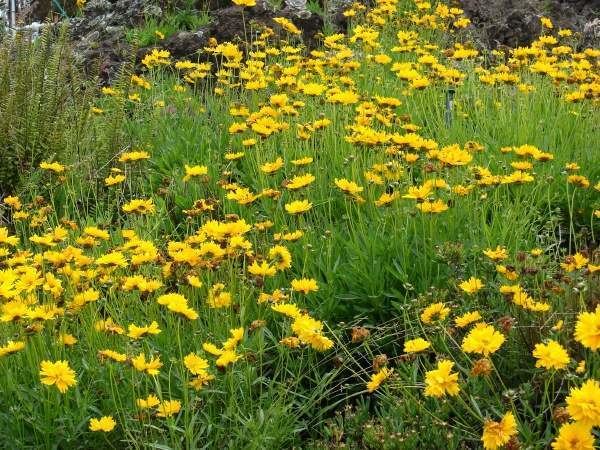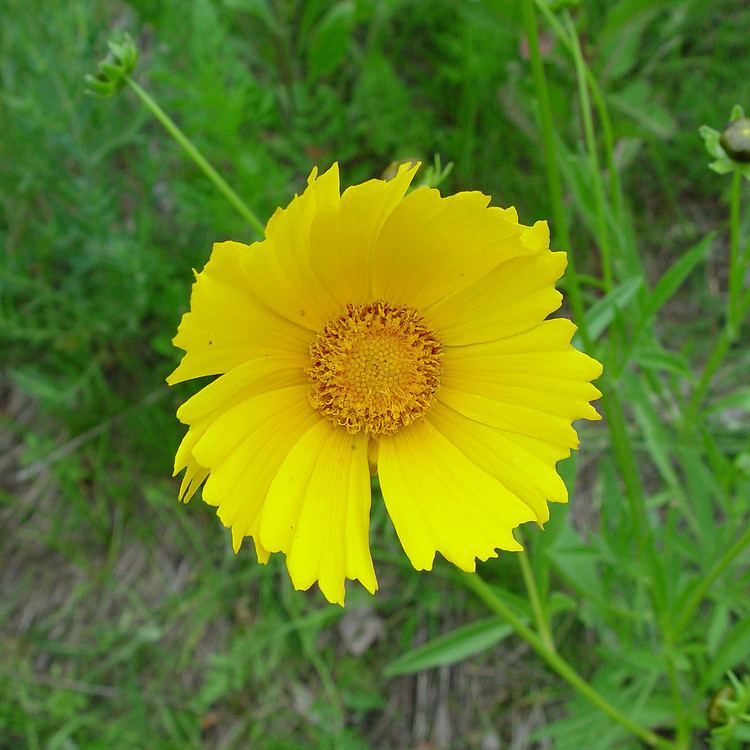Higher classification Tickseed | Scientific name Coreopsis lanceolata Rank Species | |
 | ||
Similar Tickseed, Plains coreopsis, Daisy family, Coreopsis grandiflora, Coreopsis verticillata | ||
Lance leaf coreopsis seed coreopsis lanceolata flower seeds on www myseeds co
Coreopsis lanceolata, the Lance-leaved coreopsis, is a North American species of Tickseed in the sunflower family. It is apparently native to the eastern and central parts of the United States and naturalized in Canada, the western United States, Mesoamerica, South America, South Africa, and eastern Asia.
Contents
- Lance leaf coreopsis seed coreopsis lanceolata flower seeds on www myseeds co
- Description
- As an invasive plant
- Exposure
- Soil
- Maintenance Tips
- References

Description
Coreopsis lanceolata is a perennial plant sometimes attaining a height of over 60 cm (2 feet). The plant produces yellow flower heads in late summer, each head containing both ray florets and disc florets. The plant is useful for pollinator restoration in large urban cities for providing a food source for wildlife as they tend to drink the nectar and/or eat the seed. The plant should not be over watered as it will flop over. Honeybees and butterflies are attracted to this plant and it may be restricted by growing in containers or in lawns that tend to be mowed.
As an invasive plant
Introduced to Japan and China as an ornamental species and later used extensively in greenification projects, particularly along river banks and railways, Coreopsis lanceolata is now known to be outcompeting native plant life and has since 2006 been labeled an invasive species by the Invasive Alien Species Act. The cultivation, transplantation, sale, or purchase of Coreopsis lanceolata is now prohibited and the plant has become the subject of a nationwide destruction campaign, even earning a spot on the Ecological Society of Japan's 100 Worst Invasive Species list.
Exposure
Coreopsis lanceolata thrives in full sun (4-6 hours of direct sunlight per day).
Soil

Coreopsis lanceolata prefers a sandy, well-drained soil. Heavy, clay-based soil retains moisture in winter months, which can kill many species. However, rhizomatous coreopsis (underground stems) are well-adapted to withstand the extremes in soil moisture (both wet and dry). Adding compost to heavy soil can improve drainage as can creating a mounded bed, allows the planting area to shed rain faster than the ground around it.
Maintenance Tips
Coreopsis lanceolata requires little maintenance. Deadheading spent flowers is beneficial.
